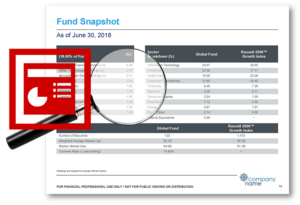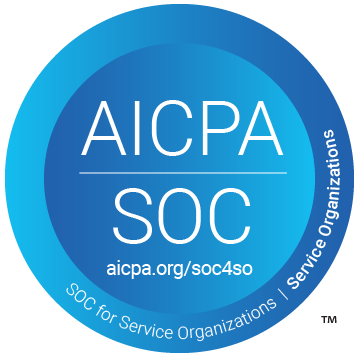Category Archives: Tailored Shareholder Reports
A Few Notes From Our Tailored Shareholder Report Webinar
“Marketing has a very large place at the table.”
“There are a whole host of requirements [around ADA compliance] that aren’t going to be fun.”
“Having good discipline… is especially important as fund boards… make inquiries about the due diligence you are performing.”
“I would not want to be the asset manager that misses the deadline”
In our recent webinar, “Are Your Systems Ready? 6 Questions to Answer About the Tailored Shareholder Rule,” we covered a lot of ground across the areas of compliance, operations and technology, and project management.
In a free-flowing one hour discussion that ran from compliance to operations and technology to project management and execution (view the whole thing here) justice , here are a sampling of the things we discussed.
Measure Twice, Cut Once: Effective Tailored Shareholder Report Design
View our recorded webinar (8/2/23):
Are Your Systems Ready? 6 Questions to Answer About Implementing the Tailored Shareholder Rule
As we noted in our piece on Automation, Business Rules, and the SEC’s new Tailored Shareholder Report rule, figuring out the implementation strategy is the challenge.
Because Tailored Shareholder Reports aren’t merely abbreviated shareholder reports, they may offer ‘40 Act asset managers with an opportunity to revisit and rethink their approach to their shareholder reporting regimen.
By doing so actively and creatively, other data-driven marketing, sales, and compliance documents can leverage this new integrated approach to improve their functionality as well.
And now that SEC Rule 30e-3, which allowed for paper notification of online shareholder report filings, has been rescinded for the Tailored Shareholder Report, creating a more streamlined and efficient reporting process is warranted.
Given our deep experience in the investment data/content automation world, we see many parallels between our traditional areas of expertise and Tailored Shareholder Report strategy. After all, these are, at their core, a fact sheet in disguise.
Tailored Shareholder Reports: Automation, Business Rules, and Simplicity
’40 Act Funds need a TSR strategy
Find our Tailored Shareholder Report Planning Guide here.
By now, the entire ’40 Act Fund world is aware of the SEC’s new Tailored Shareholder Report (TSR) mandate.
Some questions linger (“What’s the right ‘broad-based index?‘”), but asset managers are making it a high priority to determine their Tailored Shareholder Report implementation strategy and its operating model implications.
Unfortunately, it’s not simply a matter of creating a (massively) shortened annual report – the specifics of the rule mean that new approaches to content strategy, business rules, and related policies and procedures are needed across numerous business functions:
- Fund treasury
- Financial reporting
- Client services
- Legal/compliance
- External service providers and auditors.
The New Tailored Shareholder Rule – What ’40 Act Funds Need to Know
Just Updated:
Synthesis Technology’s Tailored Shareholder Report Planning Guide
In case you missed it, the SEC is mandating that mutual funds and ETFs shift from traditional reporting documents to something sleeker. The old reports ran dozens of pages in length and, quite frankly, have been largely ignored by their shareholders. Thus, they are being replaced by something far more useful for the average fund investor.
According to the SEC press release:
“Shareholder reports are amongst the most important documents that fund investors receive… These reports, however, often are more than 100 pages in length. As a result, a retail investor looking to understand the performance, fees, and other operations…may need to sift through extensive financial information. Today’s final rules will require fund companies to share a concise set of materials that get to the heart of the matter.”
Beginning in July 2024, mutual fund and ETF shareholders will begin receiving “Tailored Shareholder Reports.” These will be shorter, with a “visually engaging” format, and a stricter focus on the information that would be most relevant and of interest to the average shareholder.
This rule change will allow retail shareholders to more easily assess and monitor their fund investments via documents that are concise, relevant, and written in plain (read: non-jargony) English.




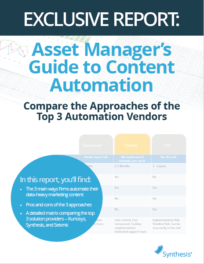 Compare the Top 3 Finserv Content Automation Vendors [White paper]
Compare the Top 3 Finserv Content Automation Vendors [White paper]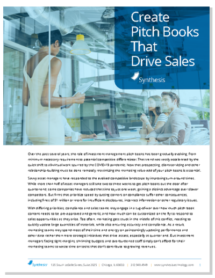 Create Pitchbooks the Drive Sales [White paper]
Create Pitchbooks the Drive Sales [White paper]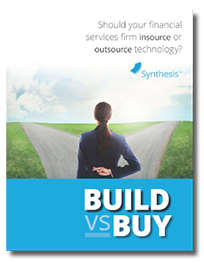 Build vs. Buy: Should Your Financial Services Firm Outsource or Insource Marketing Technology? [White paper]
Build vs. Buy: Should Your Financial Services Firm Outsource or Insource Marketing Technology? [White paper] 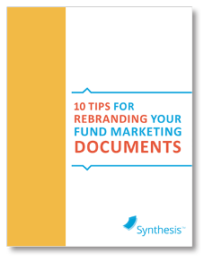 10 Tips for Rebranding your Fund Marketing Documents [White paper]
10 Tips for Rebranding your Fund Marketing Documents [White paper]